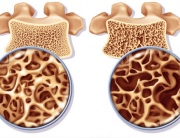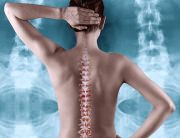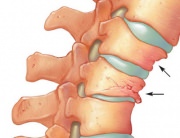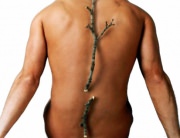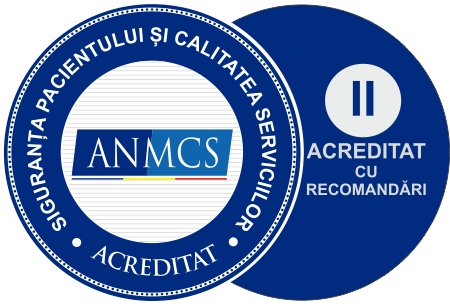The bones of people suffering from osteoporosis are thin and very fragile. “Osteo” comes from the Greek “osteon”, which means “bone”, while “porosis” comes from the Greek word “poros”, meaning “hole, passage”. According to the medical dictionary Medilexicon, osteoporosis is a “Reduction in the quantity of bone or atrophy of skeletal tissue; an age-related disorder characterized by decreased bone mass and loss of normal skeletal microarchitecture, leading to increased susceptibility to fractures”.
In the UK, approximately 3 million people suffer from osteoporosis, , with an annual rate of approximately 230,000 fractures, according to the data published by the National Health Service (NHS).
Osteoporosis is a health hazard for an estimate number of 44 million people in the US, of whom 55% are aged above 50, according to the National Osteoporosis Foundation (NOF). NOF has stated that 10 million of these people suffer from osteoporosis, whereas 34 million have a low bone mass, which includes them in the high osteoporosis risk category. Considering that the average life expectancy is higher, and an increasing number of people have a sedentary lifestyle, the osteoporosis prognosis is expected to grow. This study shows that the insurance companies and the financing agencies do not grant sufficient importance to this evolution as part of their financial planning.
If osteoporosis is not prevented or treated, it can evolve without any symptoms until a bone fracture occurs – most probably a hip, vertebral or wrist fracture. A hip fracture always requires hospitalization and a major surgical intervention. These fractures generally cause significant disabilities and sometimes even death, if left untreated. Vertebral fractures may cause height loss, severe back pain and the deformation of the spine.
German scientists have brought to light a molecular mechanism that adjusts the balance between bone formation and resorption. They were able to show that two different forms of a regulating gene – a short and a long isoform – determine this process. Osteoporosis is a disease that causes the fragility of the bones, leading to an increased risk of fractures (breaks or fissures) than in the case of healthy bones.
Osteoporosis occurs when the bones lose minerals, such as calcium, faster than it can replace it; this leads to a bone thickness decrease (the decrease of the bone mass or density). As a result, the bones become thinner and lose their density, so that the slightest impact or accident can lead to severe consequence fractures. They are also called minor trauma fractures or fragility fractures.
Any bone can be affected by osteoporosis, but the hip bones, the spine, the wrists, the ribs, the or the upper arm are most frequently affected. Osteoporosis generally evolves without any symptoms until a bone fracture occurs – that is why osteoporosis is often called the “silent disease”.
Osteoporosis fractures may lead to a change of posture (e.g., the curving of the back or the formation of a kyphosis), the weakening of the muscles, the height loss, the deformation of the spine. Fractures can cause chronic pain, lack of independence and even the premature death. A person with an osteoporotic fracture is admitted in the hospitals in Australia every 5-6 minutes. This interval is expected to drop to 3-4 minutes by 2021, with the ageing of the population and the increase in the number of osteoporotic fractures. Approximately 50% of the people suffering from an osteoporotic fracture will experience another one, and the fracture risk increases with every new fracture; a phenomenon called the cascade effect.
The cascade effect means that women who experienced a vertebral fracture have 4 times the risk of a new fracture during the following year as compared to women who never had an osteoporotic fracture. People who suffered 2 or more osteoporotic fractures have a 9 times higher risk of new fractures, which can be 11 or even more times higher in the case of people suffering from 3 or more fractures.
In Romania, it is estimated that 1 out of 2 women and 1 out of 3 men aged above 60 will suffer from an osteoporotic fracture.
Approximately 65% of the vertebral fracture risks are not identified and treated, even most of them cause pain and a certain degree of physical disability. In general, people associate vertebral fracture symptoms – back pain, height loss, spinal deformation – to the age. However, most osteoporotic fractures can be prevented, or at least the risk of a new fracture can be significantly reduced. In order to counter this cascade effect, it is essential that osteoporotic fractures be identified and treated as soon as possible.


